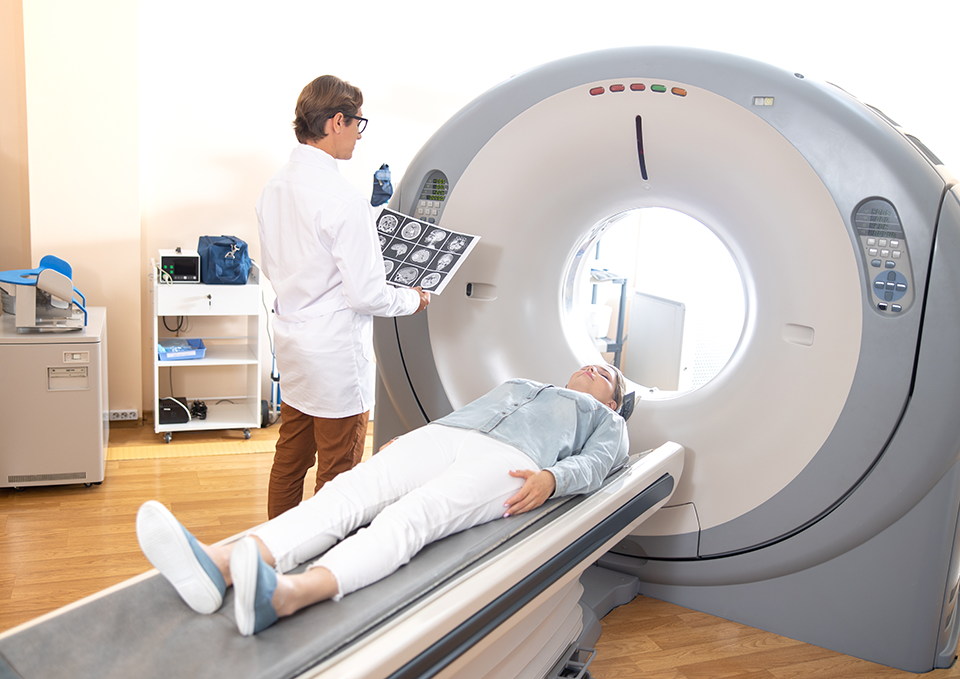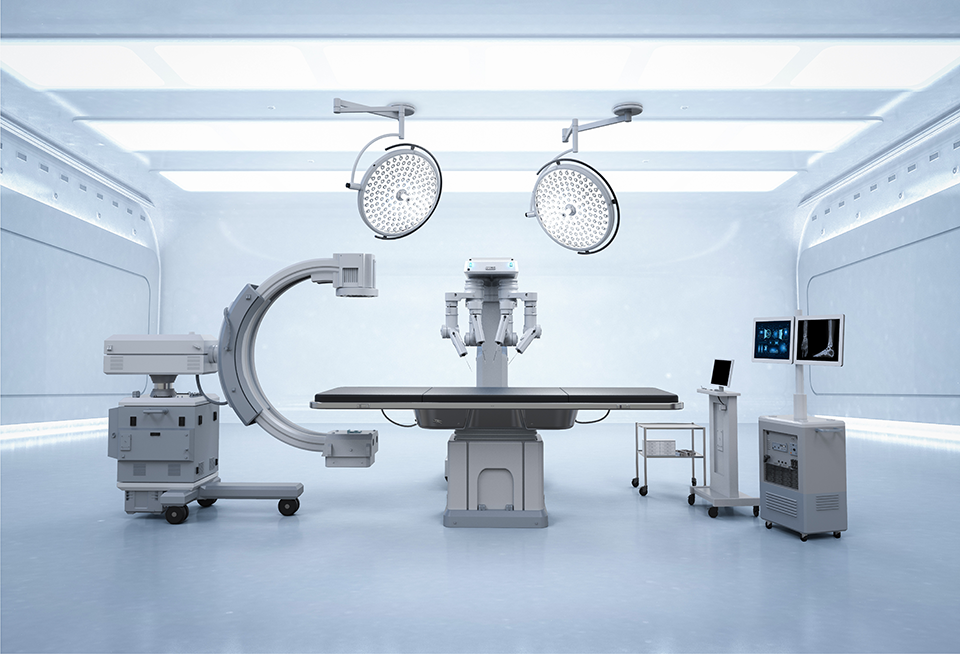Optimizing Imaging Systems for Multiple Procedures, Part 1: Benefits for Patients, Staff & Hospitals
With advancements in image-guided therapy (IGT) and hybrid operating rooms (ORs), hospitals must stay on the cutting edge to remain competitive and...

 2. Rooms Do Not Sit Idle
2. Rooms Do Not Sit Idle 4. Flexible Scheduling
4. Flexible Scheduling

